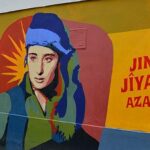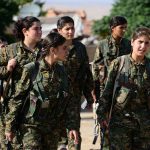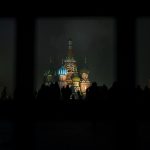We gain knowledge of most wars and conflicts through news media. Thus, understanding the common problems of journalistic armed conflict portrayal is highly relevant for our understanding of said conflicts. In this article, such problems will be addressed through an examination of coverage of the present conflict in occupied Palestine.
Covering armed conflicts is one of the hardest endeavors of journalism. Covering conflicts abroad is even harder. Due to pressure from the state- and non-state actors, and the sub-optimal conditions of news production, war journalism is at best wrestling with bias, at worst routinely reporting in a one-sided, episodic, and stereotypical fashion.
How do the problems facing war and conflict journalism concretely affect news coverage? In this article, common pitfalls in conflict journalism will be examined through a “snapshot” of the coverage of the Israel-Palestine violence in Swedish newspapers on May 11, 2021. This snapshot is only made up of a small number of articles in five newspapers (Aftonbladet, Dagens Nyheter, Expressen, Göteborgs-Posten, Svenska Dagbladet). The purpose is thus not to address the state of Swedish conflict journalism as a whole, but to describe some enduring tendencies in conflict reporting as manifested on this particular date.
The lack of context
The recent escalation of violence in Israel and occupied Palestine has a complex background. It all relates to Israel’s military occupation of Palestine. In recent years, Israel has hardened its grip on the occupied territories, emboldened by the support of the Trump administration. Since the March elections, the Israeli far-right has become more active, engaging in attacks and marches through Arab neighborhoods with chants encouraging genocide. At the same time, Israeli police have imposed severe restrictions on Palestinians gathering in the Old City in connection with Ramadan.
On Monday, the tenth of May, police stormed the Al-Aqsa mosque, the third holiest site in Islam. The same day, a court ruling was due on whether the Arab tenants of Sheikh Jarrah should be evicted from their homes, a consequence of an Israeli law giving Jewish families a right to land they claim having lost during the war of 1948. The court ruling was postponed. Also, a yearly flag parade by the Israeli far-right through Arab neighborhoods was rerouted by Israeli police to avoid confrontation, but by then the situation had reached a boiling point, with riots erupting in East Jerusalem and rockets fired from Gaza. This in turn lead to Israeli bombings of Gaza.
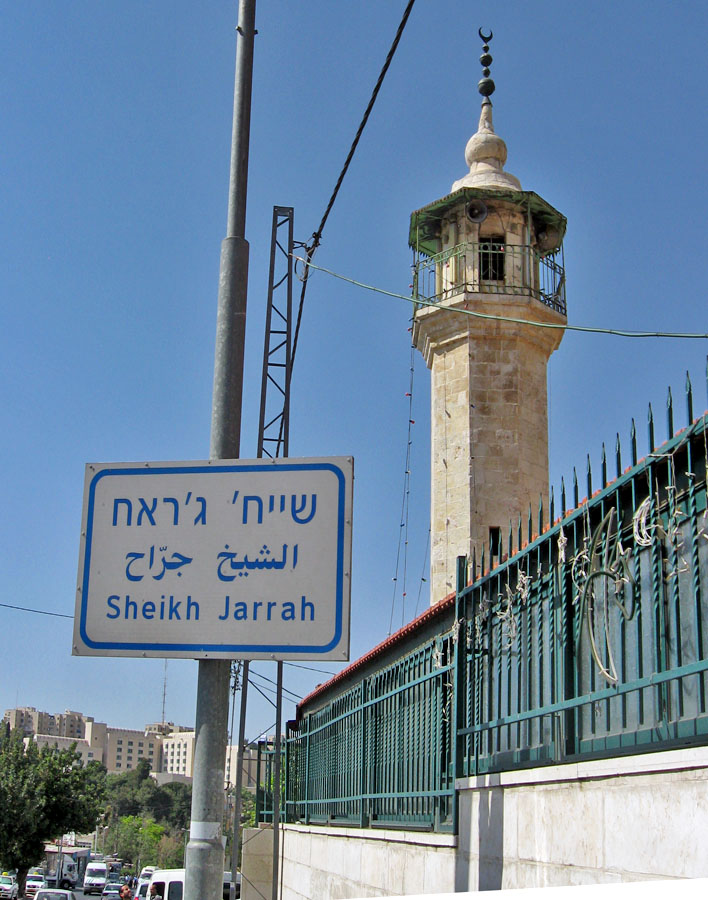
Many of the articles in the Swedish newspaper coverage of the conflict begin in medias res. The conflict is escalating, violence is met with violence, and belligerents exchange rocket attacks against each other – these are all typical main points given in the introductory paragraphs. War journalism has an inherent bias toward episodic coverage of violent responses to conflicts, rather than a focus on underlying processes, reflecting that the dramatic and spectacular is typically interpreted as highly newsworthy by journalists. These episodes are typically reported without the journalist passing judgement on the violence, as reporters adhere to journalistic ideals of objectivity.
What gets lost with the focus on violence is the wider context. The favouring of dramatic, violent episodes leads to the world we are presented with through news reporting to be limited to the here and now. Episodes are linked to previous episodes, and at times journalists attempt to make reference to part of the underlying context. Yet, most articles fail in presenting the wider context and causes of the present conflict. In some cases, the reader gets little background beyond that one violent action is a response to another. In other cases, reference is for instance made to the Sheikh Jarrah evictions, but depicting it as a purely legal matter. Thus, the journalist is only reporting the Israeli view of the issue, failing to report the Palestinian viewpoint of the evictions being an expression of Israeli apartheid.
On the credibility of sources
Journalism depends on sources. Some sources are assigned a high degree of expertise and credibility in news coverage, while others are given marginal roles, typically reflecting the symbolic order in society. The unequal distribution of media access among different sources is especially of concern in armed conflicts. Due to increasing dangers to war correspondents, they are often embedded with military units, at other times relying on press releases from military organizations, making the available viewpoints quite restricted.
From the perspective of those engaged in the conflict, media access is a main determining factor of success or failure in contributing to media conflict narratives. In the Swedish news articles of May 11th, the Israeli government and army representatives are presented without further characterization or disclaimers about their statements. The Palestinian perspective tends to be presented through Hamas, the organization that has governed Gaza since 2006. Hamas representatives are seldom directly quoted, instead their viewpoints tend to be referenced – sometimes through quotes from Israeli army spokespersons. Furthermore, Hamas is seldom mentioned without further description: as terrorist-listed, hard-line, and Islamist. In contrast to statements made by Israeli officials, statements made by Hamas tend to be mentioned with a disclaimer of these statements being unverified.
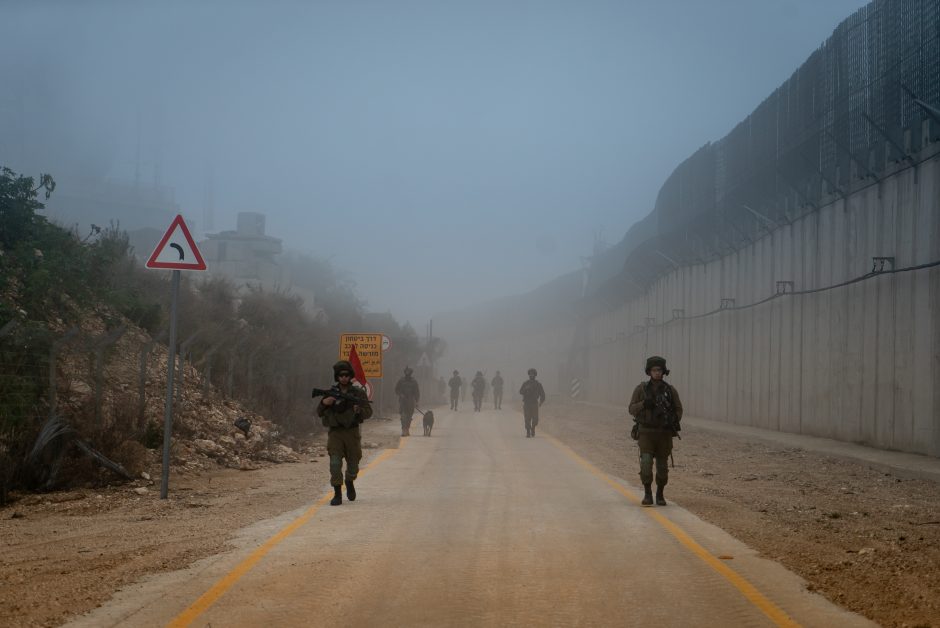
In other words, the Israeli government and army officials are more successful in attaining media access than representatives of Palestinians. This is reflected in how different viewpoints are depicted in news coverage. The Israeli officials are able to perform the role of “official sources”, representatives of authorities – the kind of source mostly, or sometimes even solely relied upon in conflict journalism.
Another kind of source that figures prominently in the coverage of the violence is representatives of international organizations and governments across the world. These representatives typically condemn violence made by all parties, with the exception of some actors, such as Erdogan and the Arab league, siding with one party in the conflict (in the cases above, the Palestinians). Conflict experts that figure in the reporting also voice concern about further escalation and provide risk analyses of such escalation happening.
This use of sources is not a matter of necessity. In the Islamic world, news organizations tend to report Israel-Palestine violence by the use of very different sources. Such organizations rely more on the perspectives of civilian Palestinians, typically figuring as victims of Israeli aggression, while claims made by Israel are instead depicted with a higher degree of suspicion than those made by Palestinians. Civilians do figure in the Swedish reporting but in very few of the examined articles. In the few instances where civilian viewpoints are reported, it is both Israeli and Palestinian perspectives from East Jerusalem, reflecting that journalists have less readily available access to voices from Gaza.
The question of worthy and unworthy victims
To briefly summarize and expand on the previous argumentation: The Israel-Palestine conflict is often reported as episodic acts of violence, with violence committed by one party being answered with violence committed by the opposing party. The Sheikh Jarrah issue is presented as a purely legal dispute while international and expert sources voice concern over further escalation, and ask all parties to restrain themselves. The conflict is thus presented in a way that posits an equivalence between the Palestinian and Israeli actions, as equal parties engaging in similar acts of violence. This framing of the issue leads to a de-emphasizing of the actual power relations at play. The conflict is not one of equal antagonists, but a conflict in which one party, Israel, holds the means to subject the other party, the Palestinians, to over half a century of occupation.
Palestinian viewpoints have less media access than those of the Israeli government. The main representative of Palestinians figuring in the news is Hamas, which is without exception described as a terrorist- and illegitimate organization. Palestinian civil society representatives do not appear in the examined news articles. The Israeli army, on the other hand, enjoys a markedly neutral representation in news media.
Edward S. Herman and Noam Chomsky famously argued that conflict journalism tends to portray events in a way that facilitates public opinion to distinguish between “worthy” and “unworthy” victims. Worthy victims are those who get named and whose tragedies get widely publicized. The unworthy victims are the nameless masses of victims to wars and crises in faraway countries, victims that seldom figure prominently on the pages of newspapers in the Western media system. The Palestinian people are a classic example of victims being treated as “unworthy” in comparison to Israeli victims of Palestinian aggression, typically receiving less coverage and being portrayed in such a way that news consumers overestimate the number of killed Israelis in relation to Palestinian victims of conflict. The Glasgow University Media Group has carried out a number of studies giving support to these tendencies being common.
The lack of Palestinian viewpoints, the representation of the conflict as one in which “equal” sides engage in violence, the portrayal of one side as protecting itself against a terrorist organization, shows possible means through which this distinction gets reproduced through news discourse.
Why does this particular portrayal of the conflict appear in news coverage? It is close at hand to suggest that the reasons could be found in the norms and conditions of war journalism. The attempt to depict the conflict in an “objective” and non-engaged fashion, the focus on violent episodes over underlying processes, and the reliance on official sources, could all be hypothesized as reasons for particular conflict discourses prevailing in the news.
Johannes Malmgren
Johannes Malmgren holds a Master of Science in Media and Communication with specialization in political communication.


